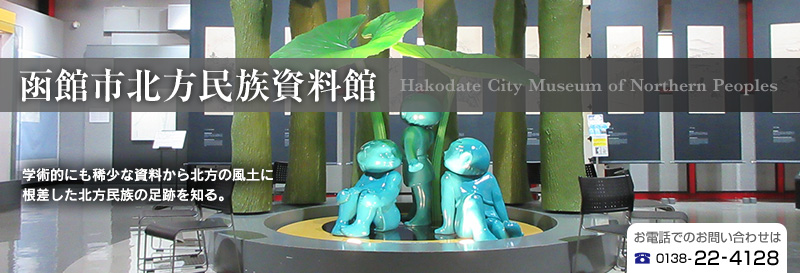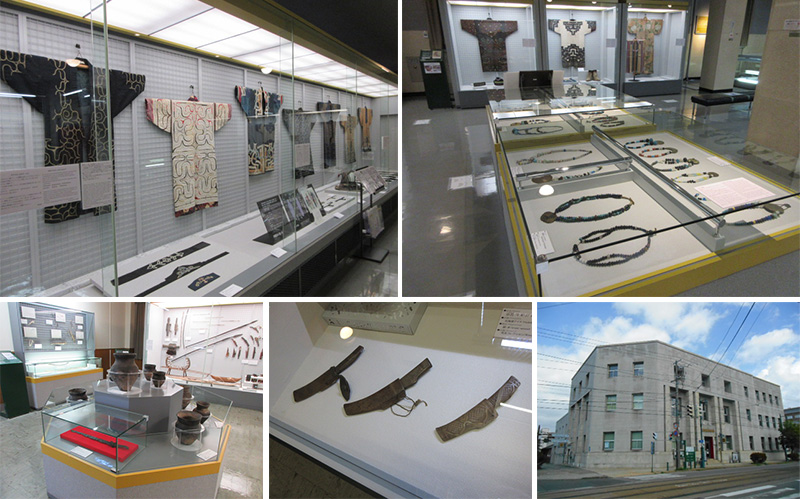
「SNSはじめました!」
講座案内や資料の解説など、館内の情報を随時行っていきます。
下記のQRコードを読み取って、フォローをよろしくお願いいたします。
QRコードから公式アカウントページもご覧いただけます。
参加者募集
夏休み自由研究「親子で、北方民族文様の切り紙細工をしよう」
参加お申し込みは7月4日(木)午前9時より電話・メールでで受け付けいたします。
詳しい内容はこちら
令和6年度より体験講座の参加料金が一部改訂されます。
・「北方民族文様切り紙細工体験」/1人100円(高校生以上)
・夏休み自由研究「親子で北方民族文様の切り紙細工をしよう」/保護者1人につき100円
以上、ご理解とご協力の程、よろしくお願いいたします。
You can now view our leaflet (English
version).
Click on English Version at the
top right of the homepage.
当館のリーフレット(英語版)をご覧いただけるようになりました。
HP右上のEnglish Versionをクリックしてください。

■4月〜10月
午前9時〜午後7時
■April to October
9am-7pm
■11月〜3月
午前9時〜午後5時
■令和6年度 館内整理休館日(予定)
2024年度
・4月17日(水)
・7月17日(水)~18日(木)
・9月11日(水)
・11月28日(木)~30日(土)
・12月1日(日)~5日(木),9日(月)
・1月22日(水)
・2月19日(水)
・3月12日(水)
■年末・年始休館日
12月31日~1月3日
■Closed day (planned)
2024
・April 17(Wed)
・July 17(Wed),18(Thu)
・September 11 (Wed)
・November 28 (Thu)-30 (Sat)
・December 1 (Sun)-5(Thu),9(Mon)
2025
・January 22 (Wed)
・February 19(Wed)
・March 12 (Wed)
■Year-end & New Year holidays
・December 31-January 3